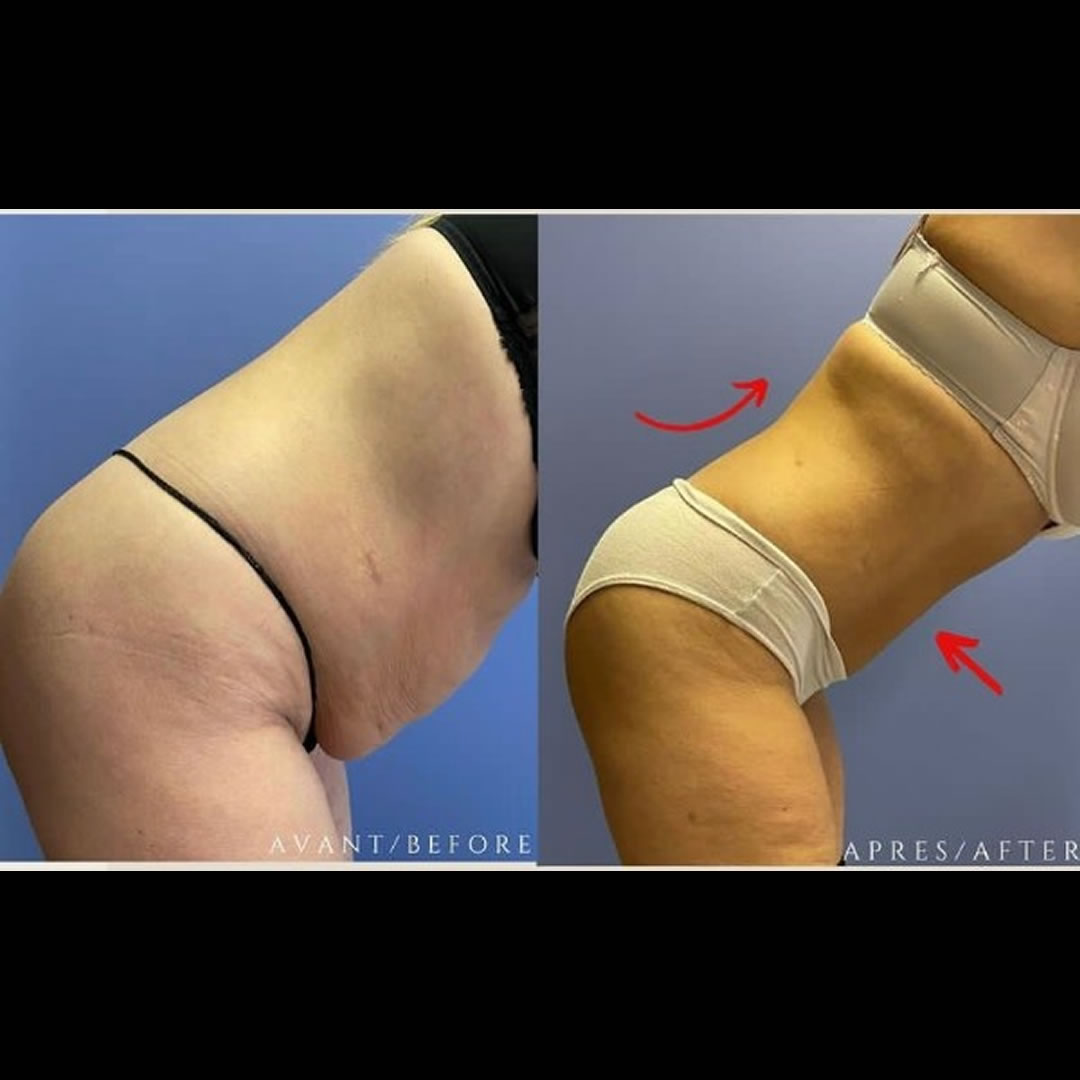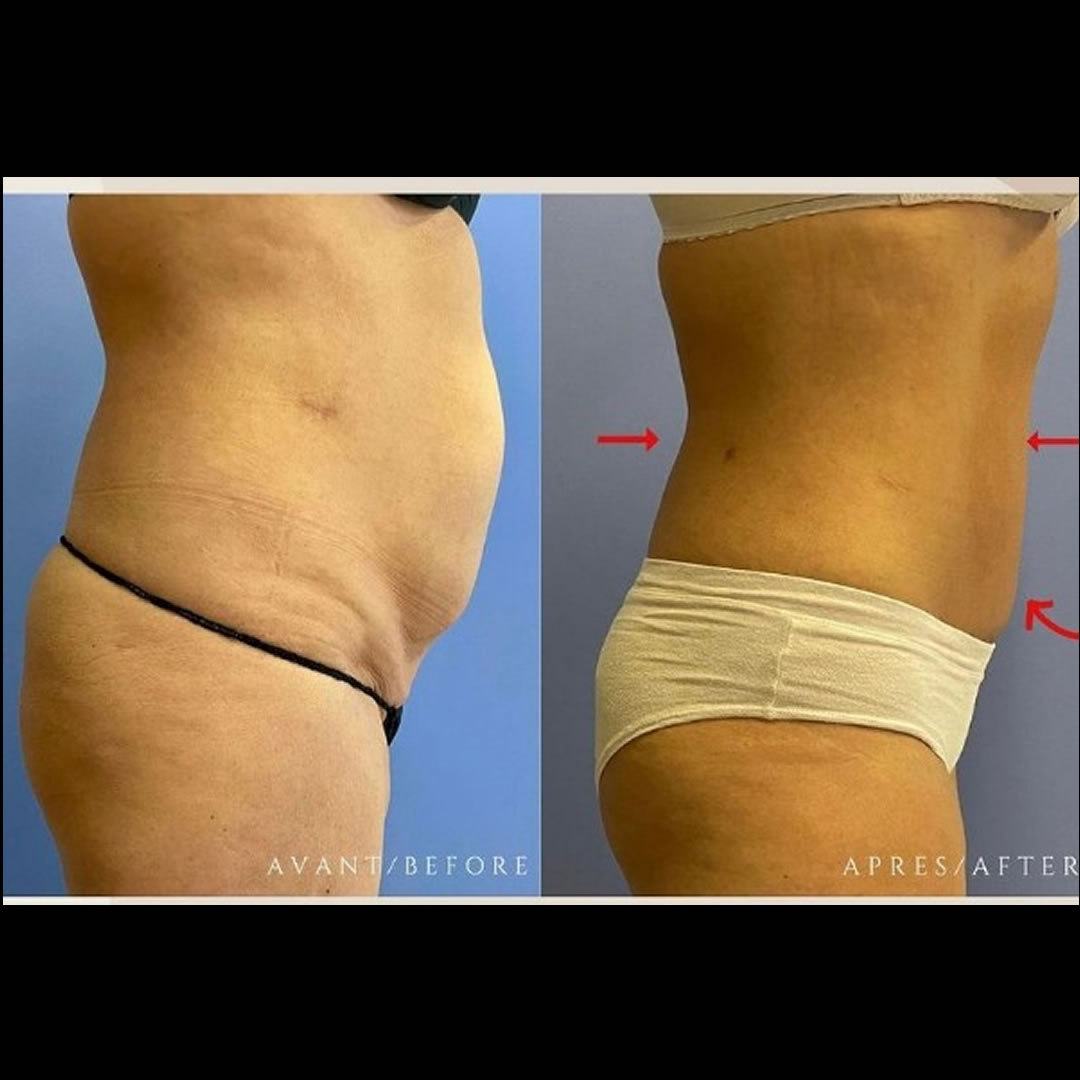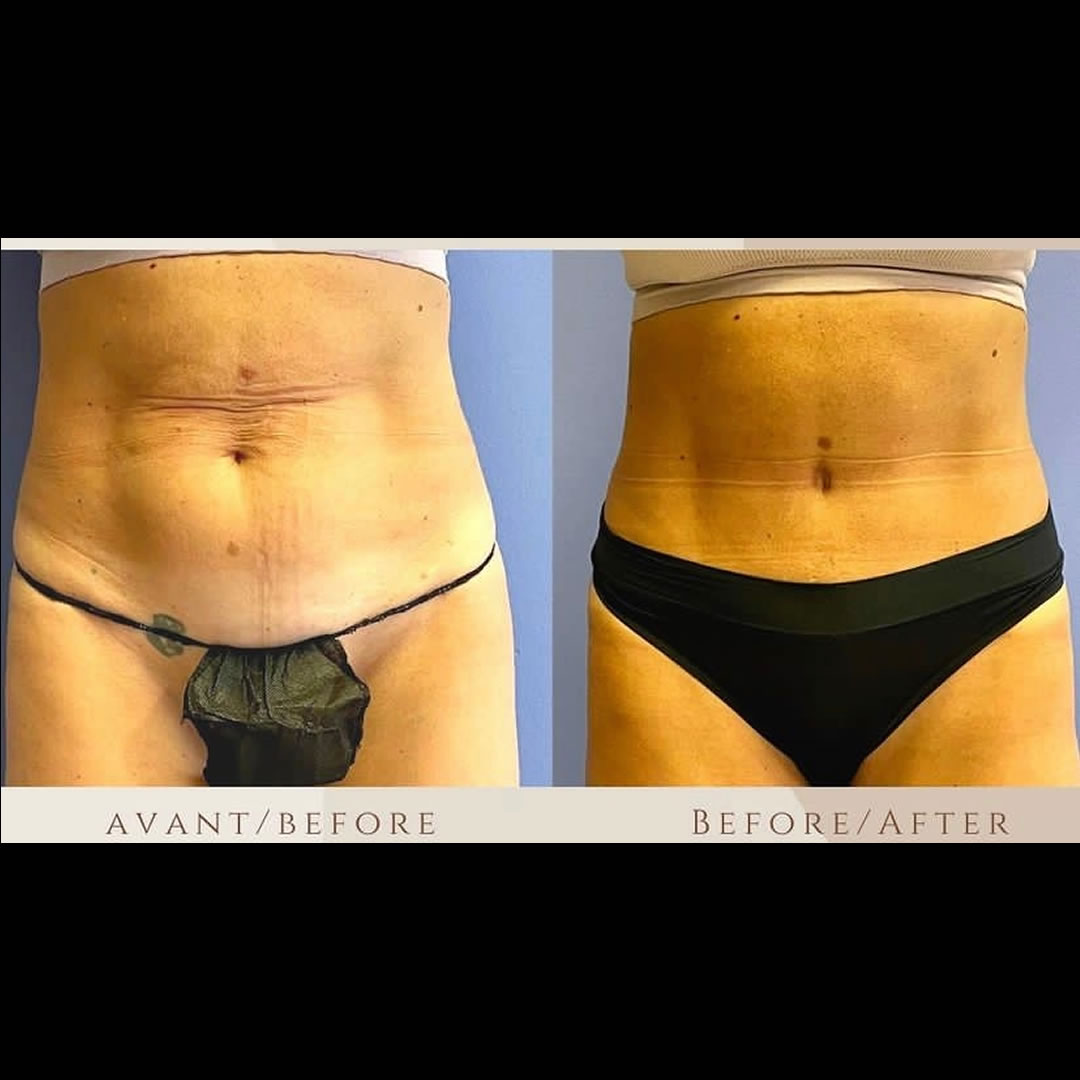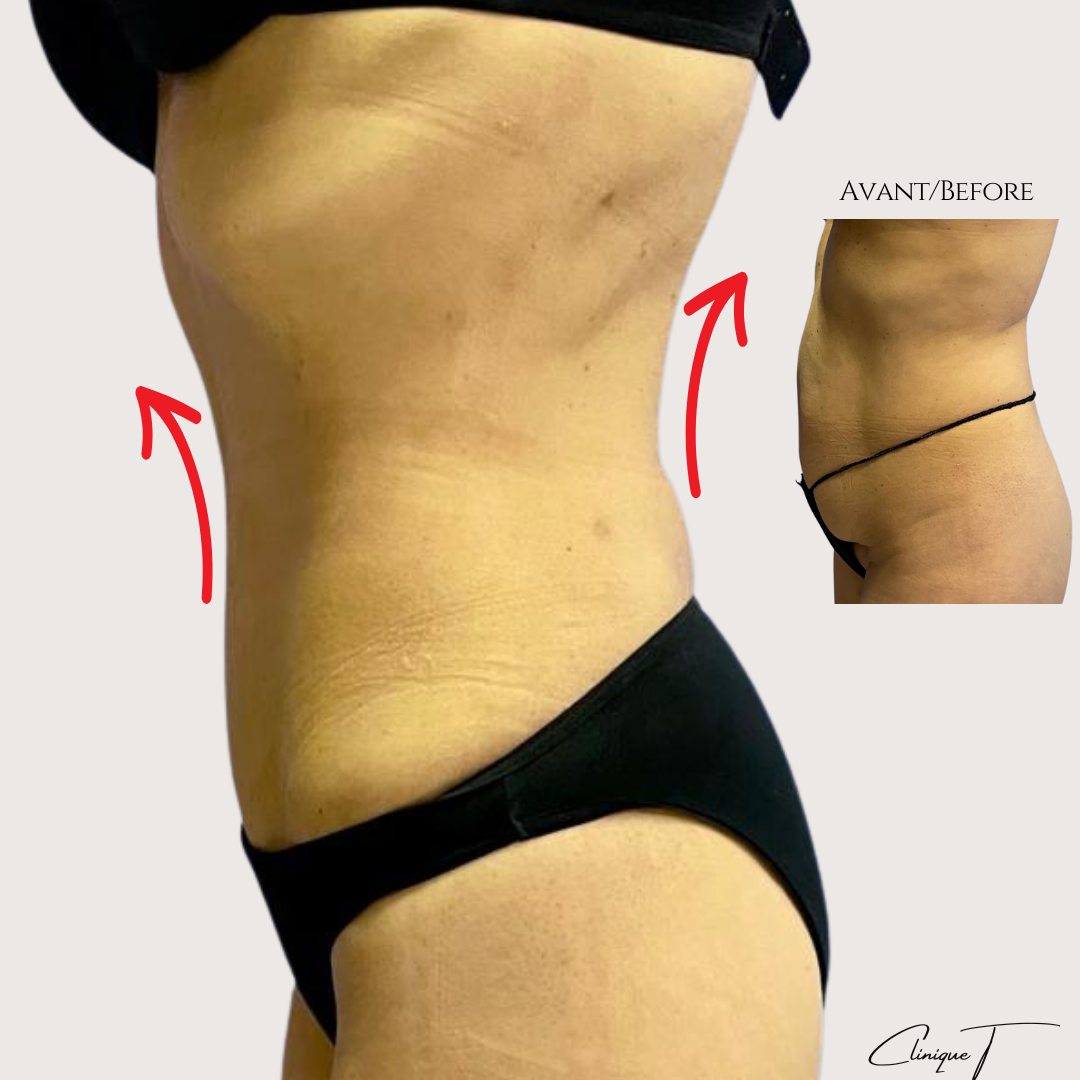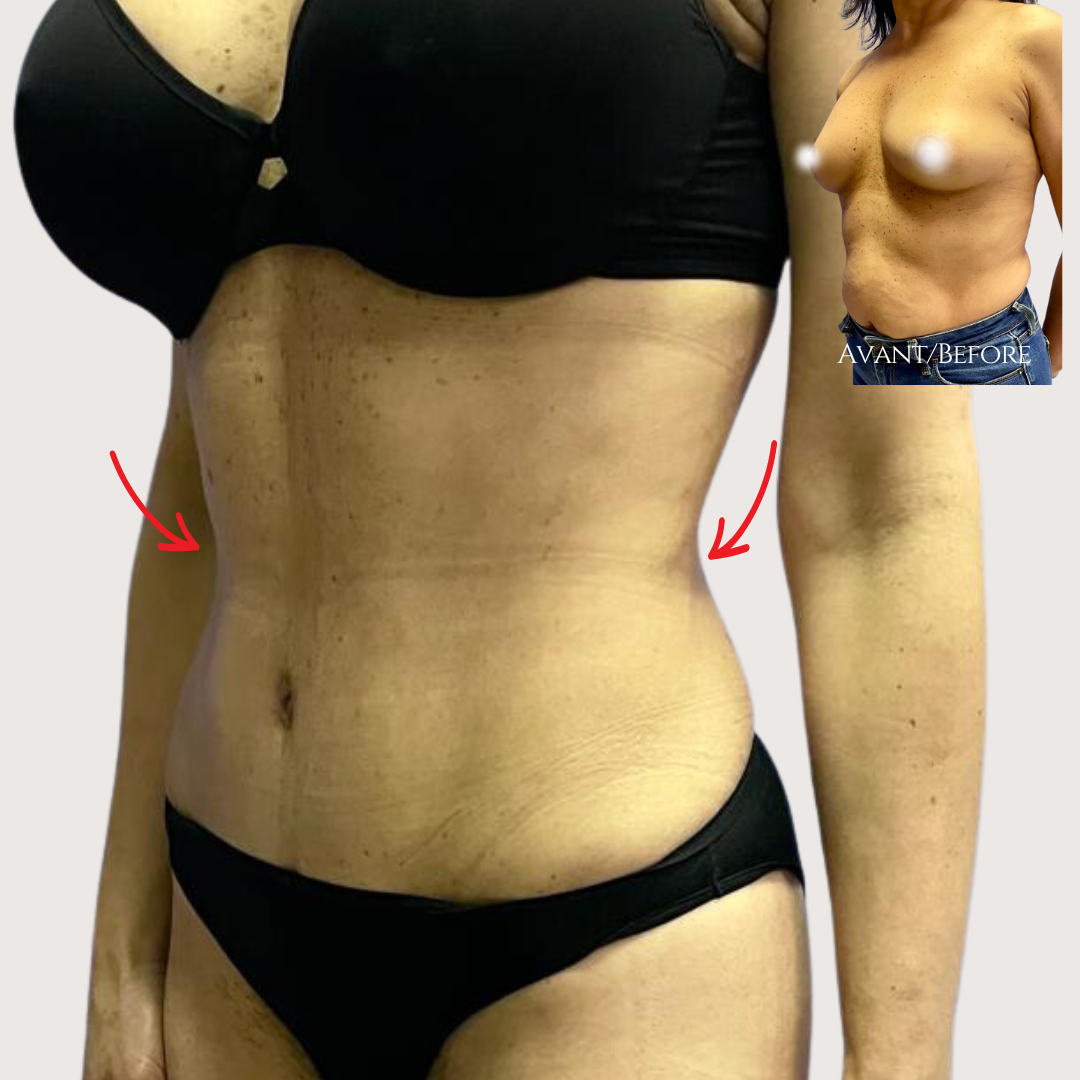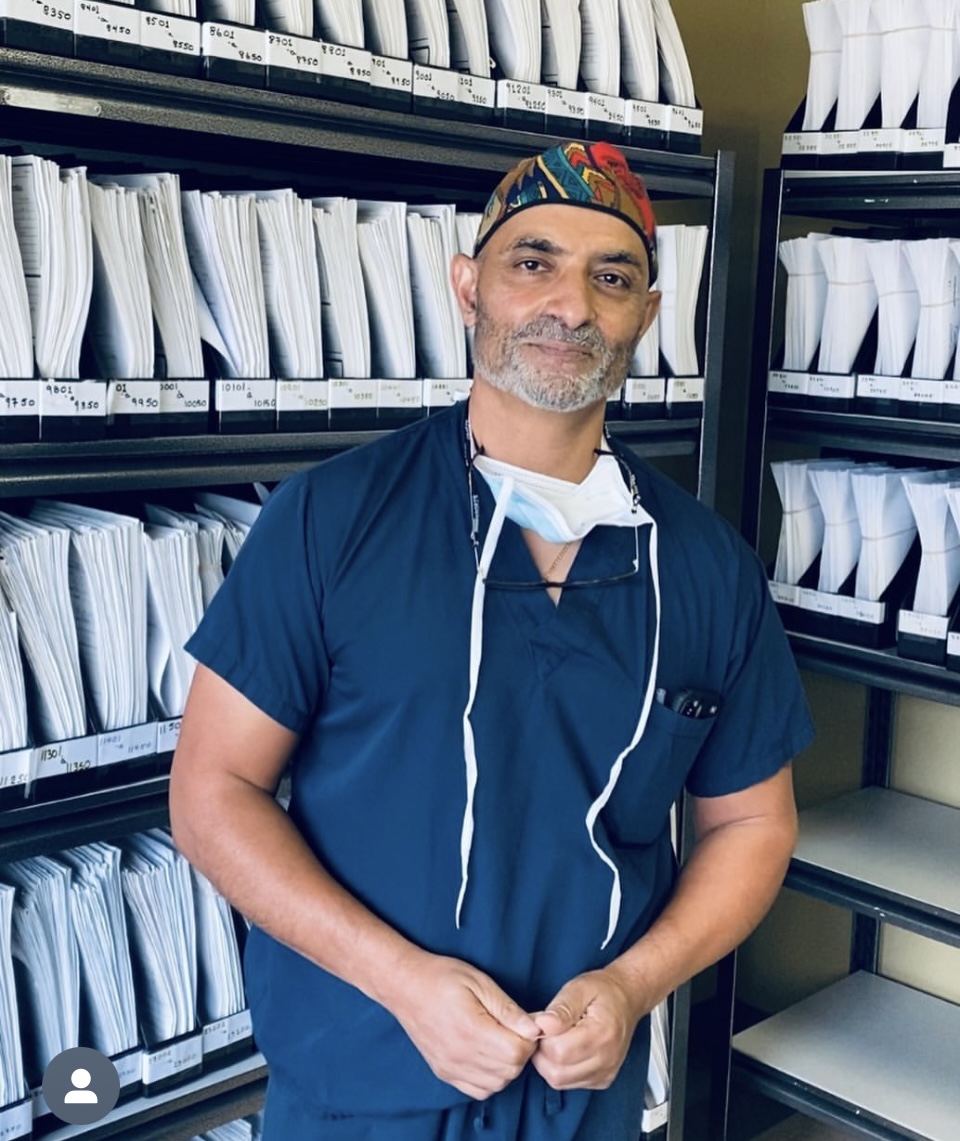In healthy patients, a tummy tuck is safe and causes little complications. The following is a list of possible complications immediately following the procedure and over the long term.
Bleeding
After any surgical procedure, there is normally some bleeding at the site of the wound. Such bleeding should slow over time and stop altogether after a few days. If, however, there is extensive bleeding that cannot be stopped by applying pressure, another surgical procedure would be required.
Seroma
An excessive amount of the fluids that are normally produced by the body may accumulate inside the wound. This is not dangerous, but the fluids may need to be drained with a syringe on one or more occasions.
Infection
An infection can sometimes occur despite using sterile methods and taking antibiotics before surgery. Depending on the severity of the infection, oral or intravenous antibiotics may be required. If an abscess (an accumulation of pus) develops, it will need to be drained by opening the affected area of the skin or by using a drainage tube.
Wound dehiscence
Wound dehiscence refers to a complete or partial opening of the wound that is not healing well. This can be caused by an infection, a pocket of blood or seroma, or by insufficient blood flow. Dehiscence is usually treated conservatively, that is, either by applying dressings and wound management, or through surgery to close the wound again.
Necrosis of the skin
Necrosis of the skin is a rare complication where a portion of the skin does not receive enough blood to heal properly. Skin that is affected by necrosis can be treated by applying dressings and wound management or may require surgery to close the wound again. Patients who smoke are at greater risk.
Necrosis of the adipose tissue
Fat necrosis is characterized by a flow of liquified fat which can last several weeks. This condition is caused by insufficient blood flow to the adipose tissue and is more frequent in patients who smoke or are obese.
Phlebitis
Phlebitis, which is rare, is an inflammation that can occur in the deep veins of the legs. Blood-thinning medication and compression stockings may be prescribed to prevent/treat this condition. The best form of prevention is moving around as soon as possible after the surgery, because contracting the calf muscles greatly improves blood flow in the legs.
Scarring
The scar will change gradually for up to two years before reaching its final appearance. It may become pigmented, raised, painful or sensitive to touch. Depending on how the scar evolves, Dr Zadeh will suggest treatments such as silicone, gel application, cortisone injections, microneedling,light therapy, to improve the scar’s appearance.
How can I control pain at home?
Dr. Zadeh will be giving you prior to the surgery, a prescription for pain medication to take home with you. That way, the medication will be at your disposal once you arrive home from the surgery.
Note: Make sure Dr. Zadeh knows about pain medications that have caused you problems in the past.
